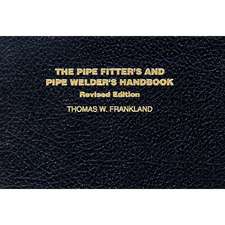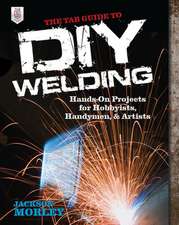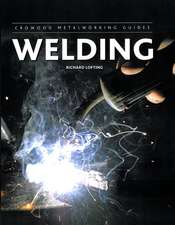Heat Effects of Welding: Temperature Field, Residual Stress, Distortion
Autor Dieter Radajen Limba Engleză Paperback – 9 apr 2012
Preț: 644.30 lei
Preț vechi: 758.01 lei
-15% Nou
Puncte Express: 966
Preț estimativ în valută:
123.28€ • 128.72$ • 102.04£
123.28€ • 128.72$ • 102.04£
Carte tipărită la comandă
Livrare economică 04-18 aprilie
Preluare comenzi: 021 569.72.76
Specificații
ISBN-13: 9783642486425
ISBN-10: 3642486428
Pagini: 376
Ilustrații: XXII, 348 p. 217 illus.
Dimensiuni: 155 x 235 x 20 mm
Greutate: 0.53 kg
Ediția:Softcover reprint of the original 1st ed. 1992
Editura: Springer Berlin, Heidelberg
Colecția Springer
Locul publicării:Berlin, Heidelberg, Germany
ISBN-10: 3642486428
Pagini: 376
Ilustrații: XXII, 348 p. 217 illus.
Dimensiuni: 155 x 235 x 20 mm
Greutate: 0.53 kg
Ediția:Softcover reprint of the original 1st ed. 1992
Editura: Springer Berlin, Heidelberg
Colecția Springer
Locul publicării:Berlin, Heidelberg, Germany
Public țintă
ResearchCuprins
1 Introduction.- 1.1 Scope and structuring of contents.- 1.2 Weldability analysis.- 1.3 Residual stresses.- 1.4 Welding residual stresses.- 1.5 Welding residual stress fields.- 1.6 Type examples.- 1.7 Welding deformations.- 1.8 References to related books.- 1.9 Presentation aspects.- 2 Welding temperature fields.- 2.1 Fundamentals.- 2.2 Global temperature fields.- 2.3 Local heat effect on the fusion zone.- 2.4 Local heat effect on the base metal.- 2.5 Hydrogen diffusion.- 3 Welding residual stress and distortion.- 3.1 Fundamentals.- 3.2 Finite element models.- 3.3 Shrinkage force and stress source models.- 3.4 Overview of welding residual stresses.- 3.5 Welding distortion.- 3.6 Measuring methods for residual stress and distortion.- 4 Reduction of welding residual stresses and distortion.- 4.1 Necessities and kinds of measures.- 4.2 Design measures.- 4.3 Material measures.- 4.4 Manufacturing measures.- 5 Survey of strength effects of welding.- 5.1 Methodical and systematical points of view.- 5.2 Hot and cold cracks.- 5.3 Ductile fracture.- 5.4 Brittle fracture.- 5.5 Lamellar tearing type fracture.- 5.6 Creep fracture.- 5.7 Fatigue fracture.- 5.8 Geometrical instability.- 5.9 Corrosion and wear.- 5.10 Strength reduction during welding.








